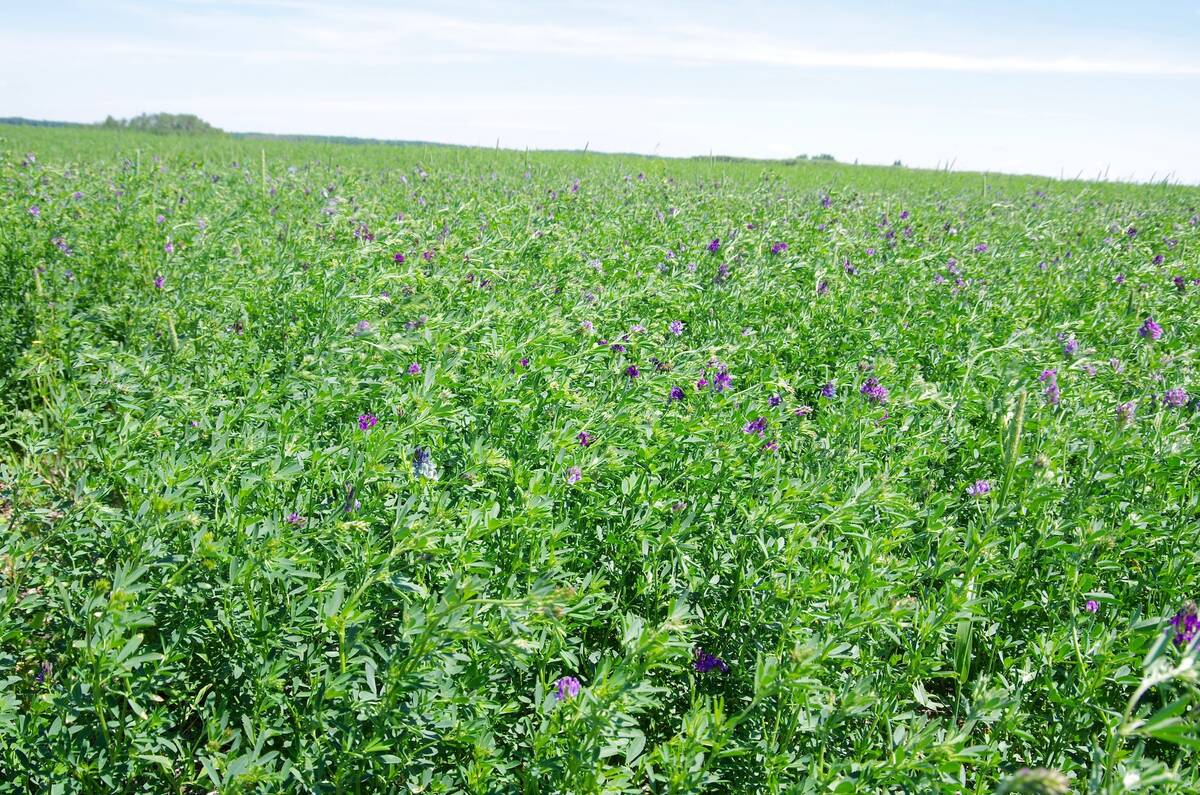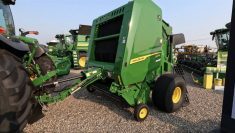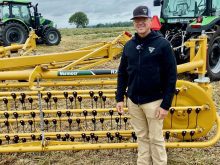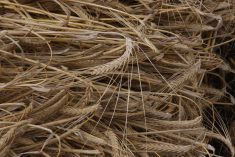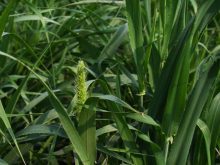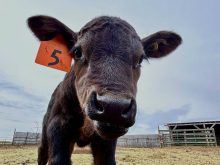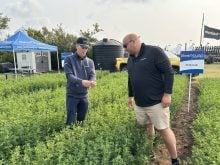Glacier FarmMedia – Beef producers may be missing out on big benefits if they’re not seeding the latest forage varieties, according to a recent post on the Beef Cattle Research Council (BCRC) website.
Those new forages are filling gaps in current cattle feeding options, the organization noted. They let cattle graze longer. They’re also bred for better quality in poor growing areas and provide high-quality winter feed.
“Knowing which forage variety will meet the needs of each unique operation and feeding scenario can be difficult,” read the article.
Read Also
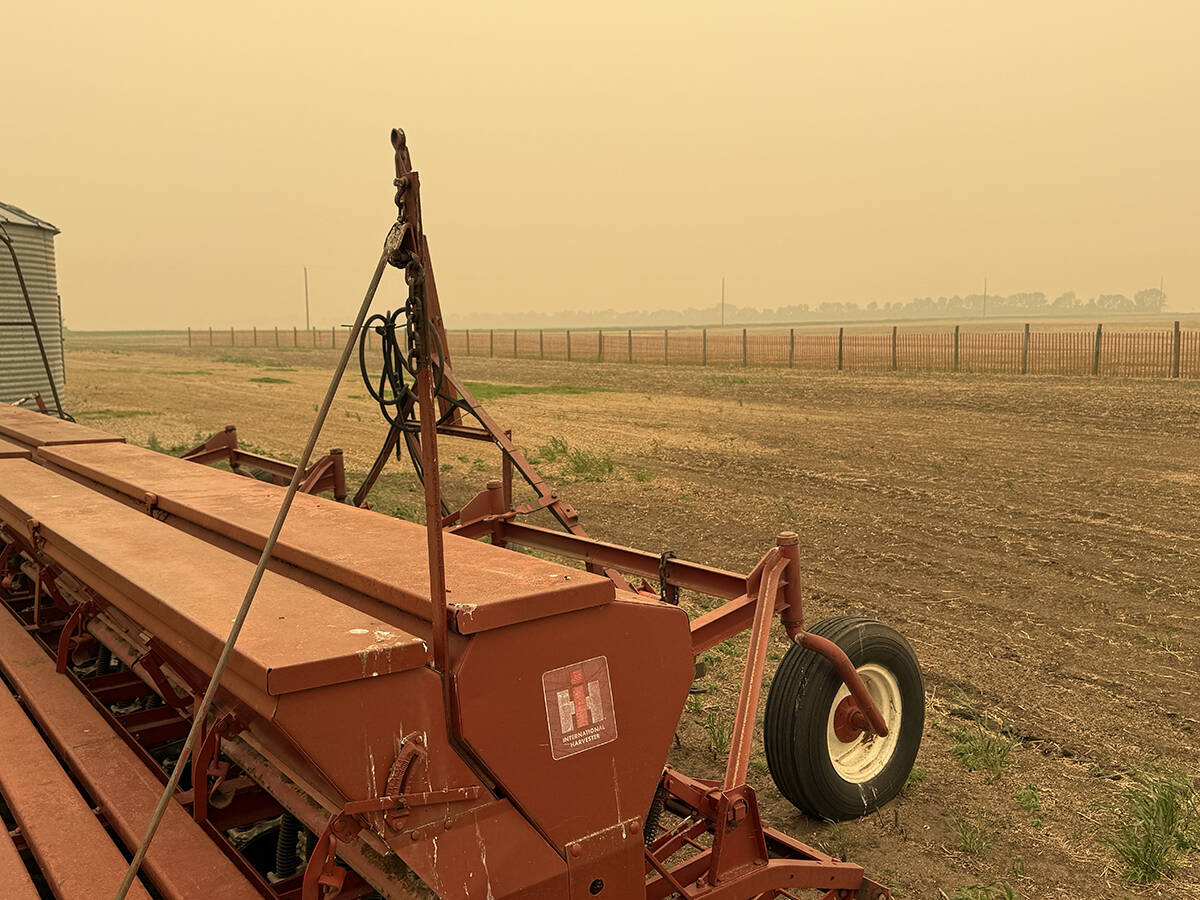
Wildfires have unexpected upside this year
One farmer feels smoke from nearby wildfires shrouded the July skies and protected his crop from the sun’s burning rays, resulting in more seeds per pod and more pods per plant.
“It may appear easier to stick with the forage variety you know and have been seeding for years, but are you missing out on positive benefits that can come from new forage varieties?”
Newer varieties are often engineered to produce higher quality forage and more of it, the BCRC noted, and “The amount of forage produced directly determines the animal production per acre.
“For example, increasing forage production on grazing land or pastures means higher stocking rates can be applied, and animal performance may also improve.”
At the same time, some new varieties are meant to be palatable through an increased leaf-to-stem ratio, increasing how much feed actually gets into the cow.
The right forage can also help the producer cut their fertilizer costs, the BCRC noted. There are new varieties featuring more efficient nitrogen fixation, extra biomass per unit of N and increased drought tolerance, all of which could see the producer spending less on fertilizer.
Other varieties of legumes or grasses are resistant to production-eating insects or disease, and “choosing these varieties can help to reduce the amount of pest treatment used in the forage crop,” the post noted.
Choosing a forage adapted to the conditions of the field may also be more effective than adapting the field to fit the forage. The BCRC pointed to heat-resistant varieties that could extend the summer grazing season in areas known for those conditions.
“Similarly, varieties with increased resistance to drought stress are critical in maintaining grazing quality during dry periods.”
Beef producers slow to adopt
If beef producers are in a rush to buy the latest and greatest forage varieties, Doug Cattani isn’t seeing it.
“What I’m hearing from other breeders is that, if you’re a beef producer, you’re probably replanting your hay or your pasture only when there’s a big loss of materials,” said the forage breeder and associate professor with the University of Manitoba.
In other words, producers replant when they are forced to through winter kill, flood or drought killing their existing stand, rather than a routine replacement without catastrophe spurring it.
This may create a tendency for beef producers to be more conservative in their forage choices, says Cattani.
“(They) maybe use more tried and true varieties. That might be one of their thought processes: ‘I’ve grown this before. It’s lasted me well.’”
Dairy producers are more likely to change out or experiment with their forages, he said. “They usually try to go for more cuts and probably can afford to replant more frequently than a beef producer.”
Although familiarity with their current forages and the premium cost of newer varieties may influence beef producers’ forage strategies, they may also think they just don’t need them, says Cattani, particularly if the legume content in their current forage mix — and thus its protein content — is high.
Not surprisingly, alfalfa is the number one legume used as beef cattle forage in Western Canada, particularly for hay production. Hybrid bromegrass is becoming a powerful mix-in.
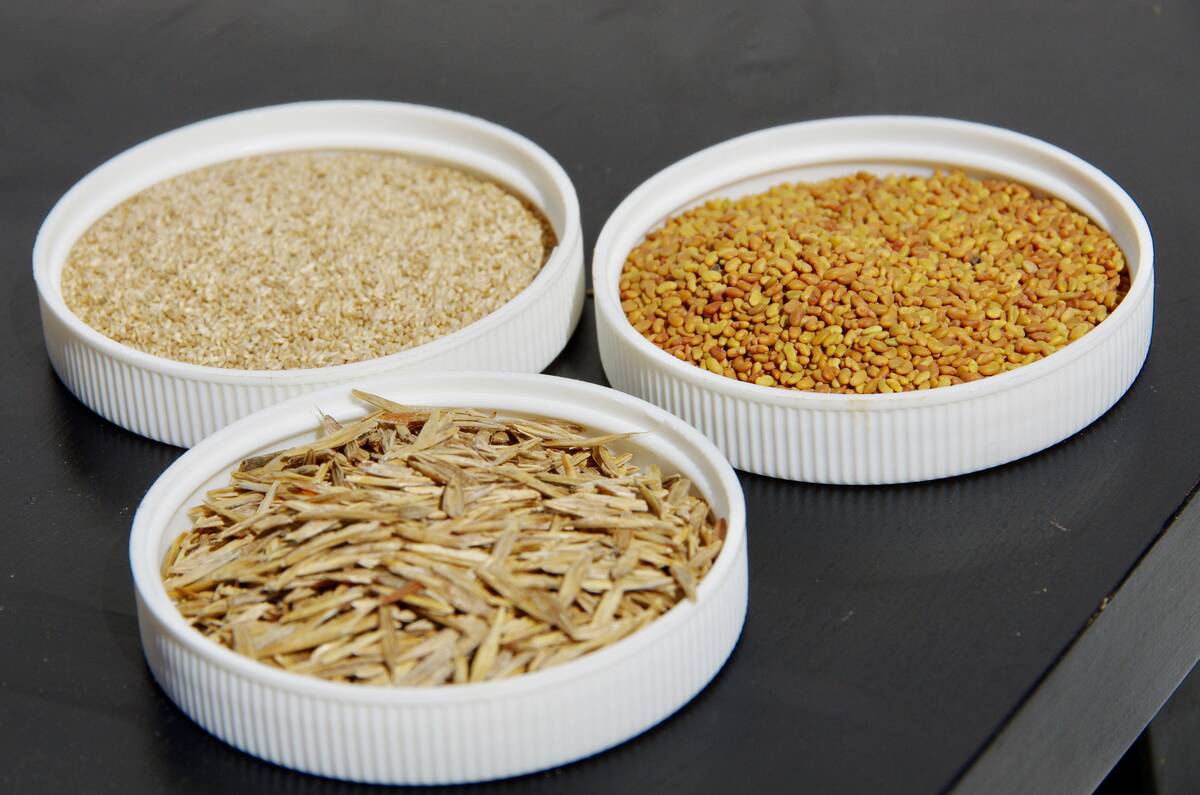
“A mix of a grass and a legume increases overall dry matter, helps it dry down and everything else. So it’s actually a very good mixture for a beef producer,” Cattani said.
Hay wish list
What are beef producers themselves looking for in forage traits? Feed that can minimize bloating is in high demand, said Cattani, which has, in turn, driven research interest in non-bloating legumes such as cicer milkvetch and sainfoin.
But a big win would be more alfalfa varieties with less bloating risk. Otherwise, minimizing bloat risk in alfalfa, particularly grazing alfalfa, requires both careful management and combination with grasses and non-bloating forages.
“Salinity tolerance seems to be something that is a little more on people’s minds as the drier climate is maybe exacerbating some of those issues,” added Cattani.
He believes any forage foremost needs to be productive and persistent, especially in these days of climate instability.
“With climate change, we’re seeing such variability in years,” he says, referring specifically to annual precipitation at the research farm he works at, located in the Pembina Valley region of southern Manitoba.
“We’re going from dry, dry, wet, dry, wet. We’re really fluctuating all over everywhere. Persistence is becoming the ability to withstand the wider range of climatic conditions (and) is almost becoming a necessity here.”
Sourcing seed
Todd Hyra, western business manager with SeCan, says forage producers’ best bet is to plant certified seed.
The risk of using “brown-bagged” or “bin-run” seed — besides a financial penalty under Canada’s plant breeders rights (PBR) — is that it sends a message to plant breeders that a given variety isn’t being purchased, which can place forages on the back burner in breeding and research priorities, said Hyra.
That in turn can put some forage crops behind the curve when it comes to returns.
“The biggest (risk) from a long term perspective is that breeders lose interest in the crop because they’re not being rewarded and stop breeding new genetics which can provide improved yield, improved disease resistance, improved feed quality and just say ‘Forget it. Nobody’s paying me for this. I’m not going to work in that crop anymore.’ And then the livestock producers are left with using old genetics,” he said.
In particular, he pointed to online brown-bagged seed sales he has seen of a particular variety of forage oat, CDC Haymaker, which is marketed by SeCan and was developed by the University of Saskatchewan
”Every sale they make is taking money directly out of the hands of the University of Saskatchewan to develop the next improved variety,” he said.
Hyra speculated that the issue might be a feeling among producers that certified forage seed is “just forage,” one input among many others that they prioritize more highly. It’s partly on the seed companies’ shoulders, he said; they could have done a better job connecting producers to the genetics in their feed.
“They know their animal genetics very well, but there’s a missing connection to the importance of the seed genetics that’s being provided to (feed) those livestock,” he says.
“And so we’ve been trying to do more advertising in beef publications, for example, creating awareness around plant breeders rights. We’ve got ads that say things like ‘If you bought seed from your neighbour, it’s probably illegal.’”


